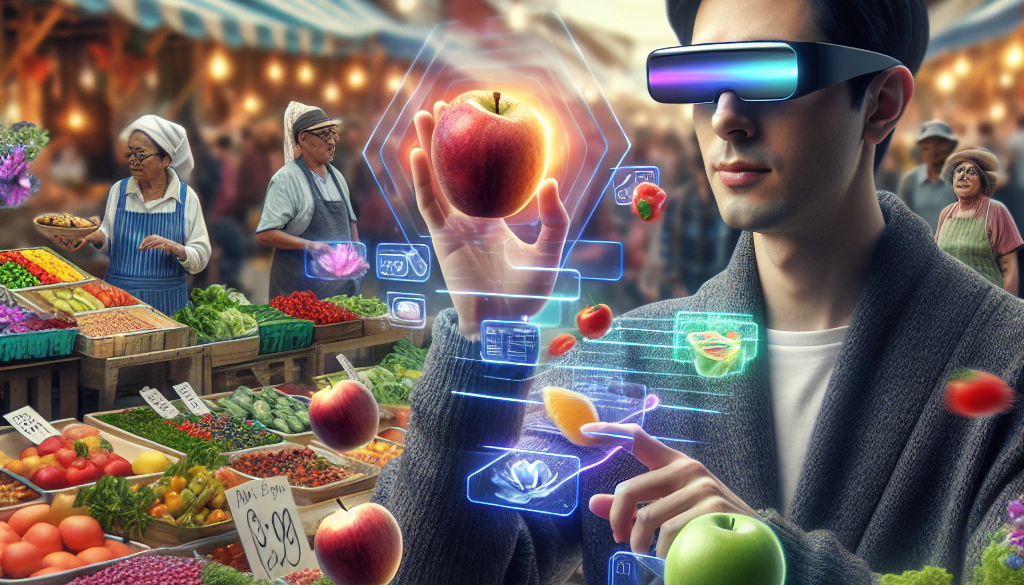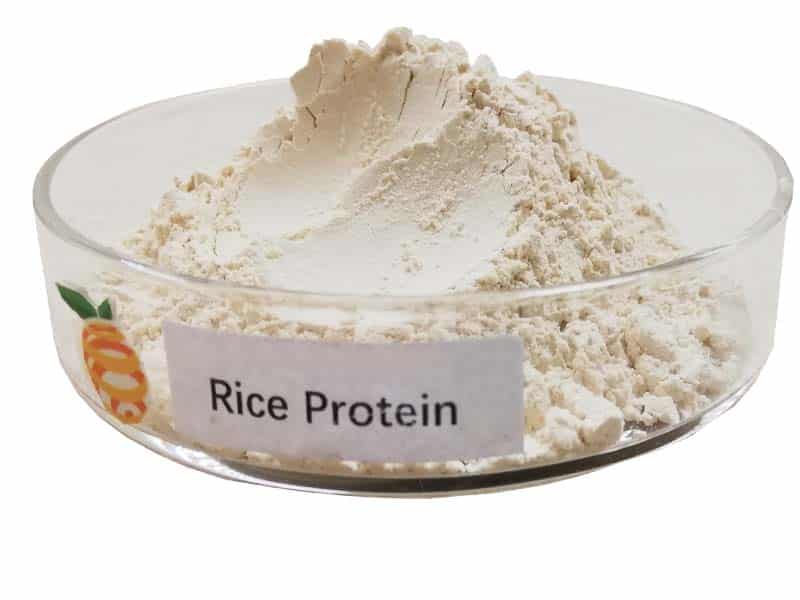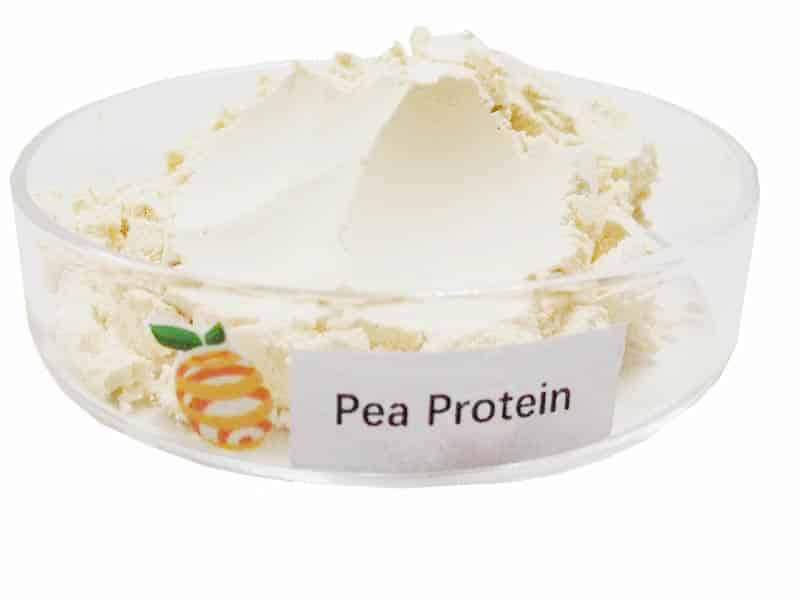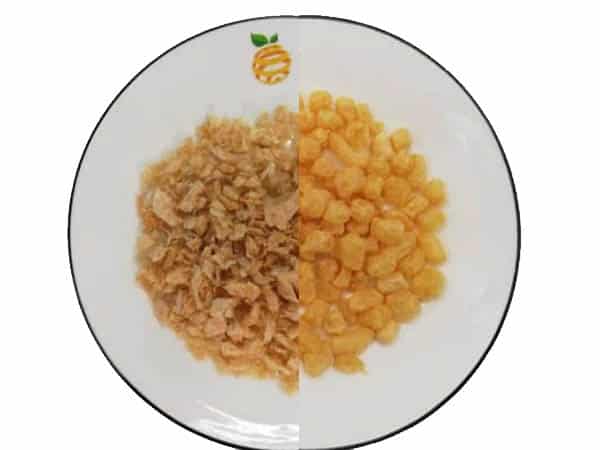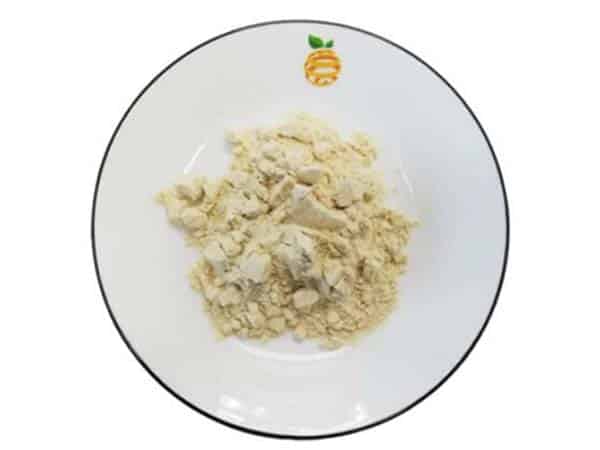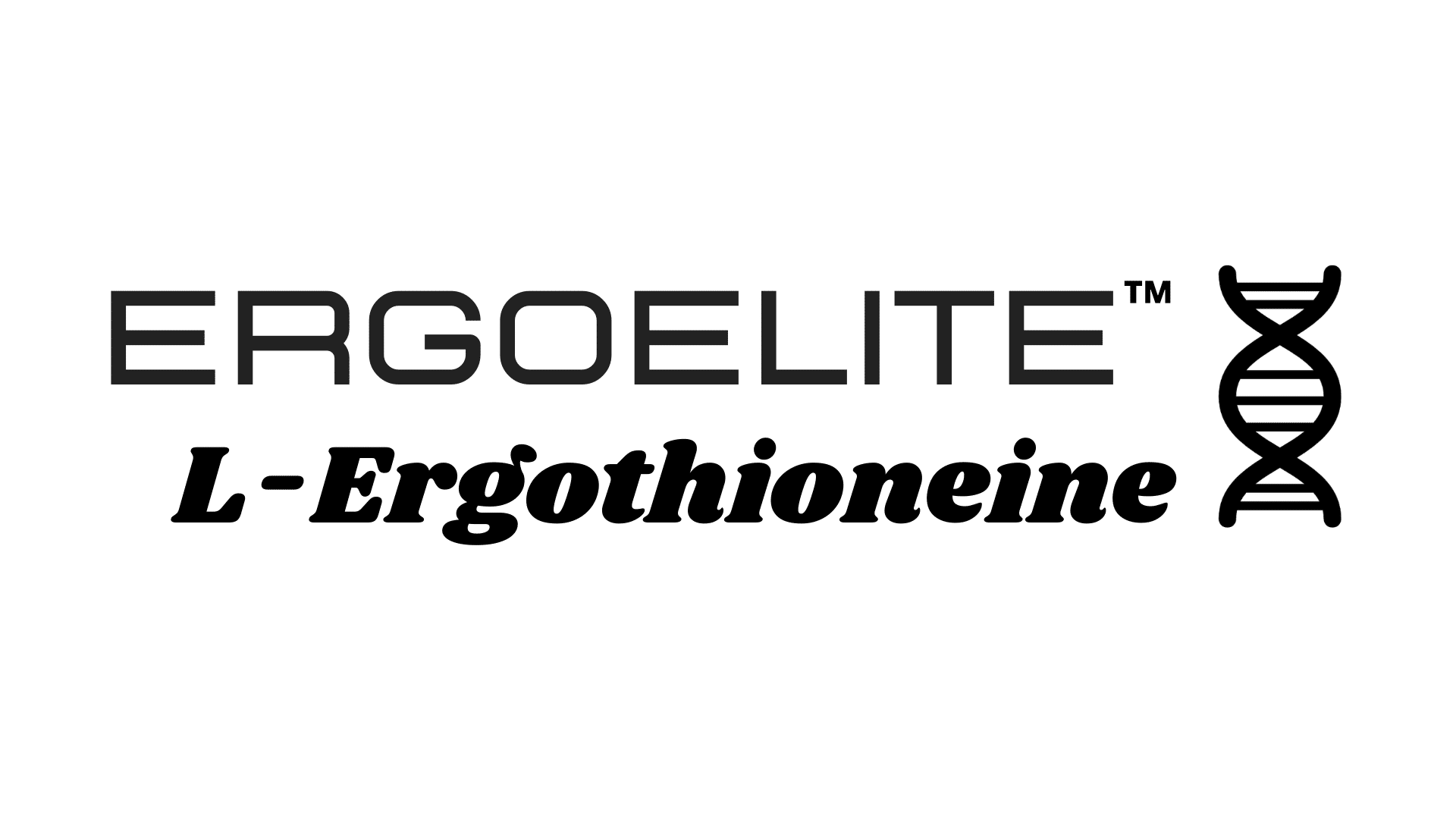Augmented Reality: A New Food Marketing Frontier
-
Table of Contents
- Augmented Reality: Revolutionizing Food Marketing Strategies
- The Rise of Augmented Reality in Marketing
- Engaging Consumers with Interactive Packaging
- Enhancing Dining Experiences with AR Menus
- AR for Dietary Information and Allergen Alerts
- Virtual Cooking Classes and Recipe Tutorials
- Challenges and Considerations in AR Food Marketing
- Conclusion: The Future of Food Marketing with AR
- Discover ETprotein’s High-Quality Protein Products
Augmented Reality: Revolutionizing Food Marketing Strategies
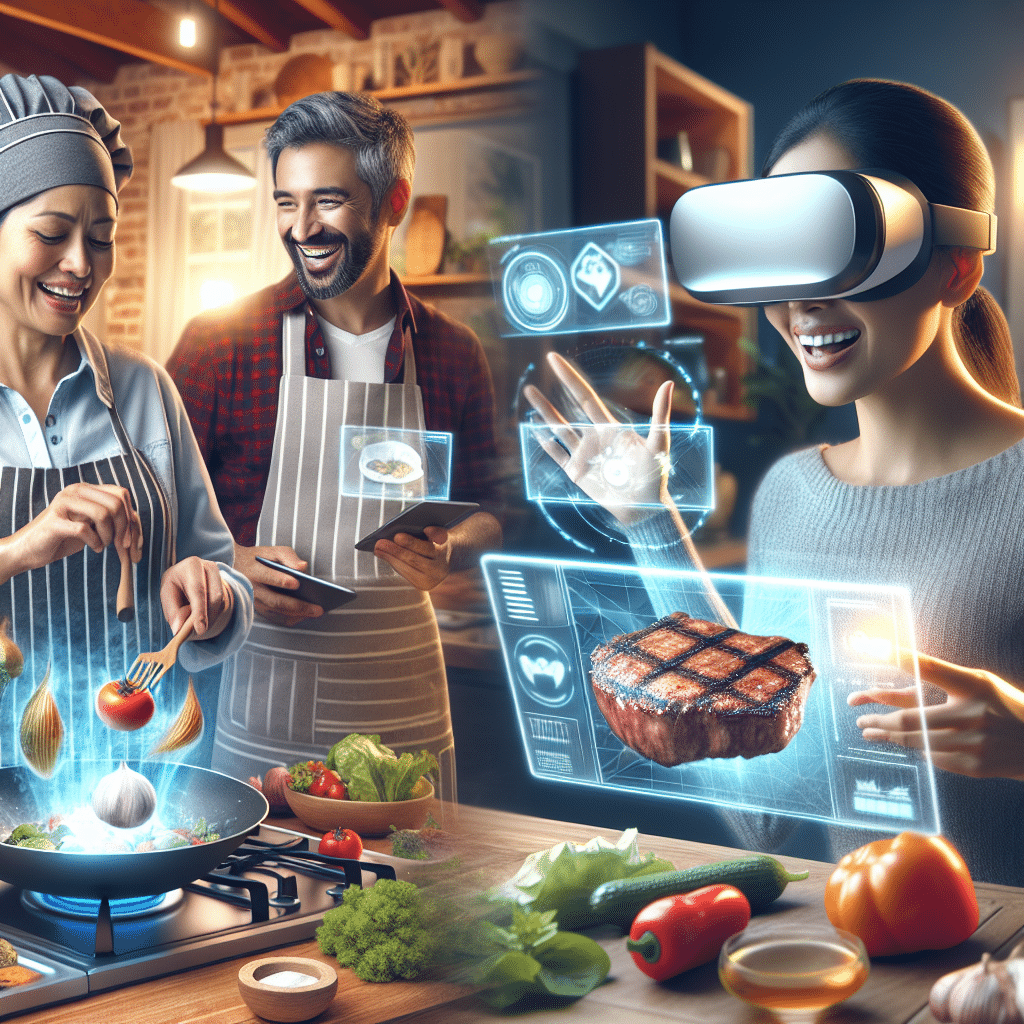
The food industry is constantly seeking innovative ways to engage consumers and stand out in a crowded marketplace. Augmented Reality (AR) has emerged as a powerful tool in this quest, offering immersive experiences that can transform how brands interact with their customers. This article explores the burgeoning role of AR in food marketing, highlighting its potential to create memorable brand interactions and drive consumer engagement.
The Rise of Augmented Reality in Marketing
Augmented Reality technology superimposes digital information onto the physical world, creating an interactive experience that can be accessed through smartphones, tablets, or specialized AR glasses. In marketing, AR has been adopted by various industries to enhance customer engagement, with the food sector being no exception. The immersive nature of AR provides a novel way for food brands to connect with consumers, offering experiences that go beyond traditional advertising.
Engaging Consumers with Interactive Packaging
One of the most direct applications of AR in food marketing is through interactive packaging. Brands are using AR-enabled packaging to bring their products to life, offering games, recipes, and nutritional information with just a scan of a smartphone. This not only adds value to the product but also increases the time consumers spend interacting with the brand.
- Case Study: A leading cereal brand introduced AR games on their boxes, resulting in increased sales and brand recall.
- Statistics: According to a survey, 62% of consumers say they would be more likely to buy a product if they can experience it through AR.
Enhancing Dining Experiences with AR Menus
Restaurants are also leveraging AR to enhance the dining experience. AR menus can showcase dishes in 3D, allowing customers to visualize their order before it arrives. This not only aids in decision-making but also adds an element of excitement to the dining experience.
- Example: A sushi restaurant uses AR to display their dishes on the table in front of customers, leading to increased customer satisfaction and higher average order value.
AR for Dietary Information and Allergen Alerts
AR can also play a crucial role in providing dietary information and allergen alerts. By scanning a product or menu item, consumers can instantly access detailed information about ingredients, nutritional content, and potential allergens, making it easier for those with dietary restrictions to make informed choices.
- Benefit: Enhanced transparency and trust between consumers and food brands.
Virtual Cooking Classes and Recipe Tutorials
Food brands are using AR to offer virtual cooking classes and recipe tutorials, creating an engaging way for consumers to learn about their products. This hands-on approach not only educates consumers but also encourages them to use the brand’s products in their cooking.
- Impact: Increased product usage and loyalty as consumers associate positive learning experiences with the brand.
Challenges and Considerations in AR Food Marketing
While AR offers numerous opportunities for food marketing, there are challenges to consider. These include the need for technological infrastructure, the potential for consumer privacy concerns, and ensuring that the AR content adds real value to the consumer experience.
- Technological Infrastructure: Brands must ensure that their AR experiences are accessible and run smoothly on various devices.
- Privacy Concerns: Transparent data policies are essential to address any privacy issues that may arise from AR interactions.
- Value Addition: AR content must be meaningful and enhance the brand experience, rather than being a gimmick.
Conclusion: The Future of Food Marketing with AR
Augmented Reality is reshaping the landscape of food marketing by offering innovative ways to engage consumers. From interactive packaging to AR menus and virtual cooking classes, the possibilities are vast and growing. As technology advances and consumer adoption increases, AR is poised to become a staple in food marketing strategies, offering brands a new frontier to explore and conquer.
The key takeaways from this exploration into AR in food marketing are the importance of creating immersive and interactive experiences, the potential for enhanced customer engagement, and the need for brands to navigate the challenges thoughtfully. As AR continues to evolve, it will undoubtedly play a significant role in how food brands market their products and connect with consumers.
Discover ETprotein’s High-Quality Protein Products
In the context of food marketing and product development, protein products are a significant category that can benefit from AR technology. ETprotein is a company that stands out in this space, offering a range of high-quality protein products that could be effectively promoted through AR experiences.
Imagine scanning a package of ETprotein’s organic rice protein and being greeted with an interactive tutorial on how to incorporate it into a healthy smoothie. Or using AR to explore the benefits of their clear pea protein in a fun and educational way. The potential for AR to enhance the marketing and consumer education of ETprotein’s products is vast.
ETprotein’s offerings, with their neutral taste and non-GMO, allergen-free attributes, are ideal for a variety of applications. By integrating AR into their marketing strategy, ETprotein could further differentiate their products and provide consumers with valuable insights into the benefits and uses of their proteins.
If you’re interested in learning more about ETprotein’s range of organic bulk vegan proteins and L-(+)-Ergothioneine, or if you want to sample their products, please contact them at sales(at)ETprotein.com today.
About ETprotein:
ETprotein, a reputable protein and L-(+)-Ergothioneine (EGT) Chinese factory manufacturer and supplier, is renowned for producing, stocking, exporting, and delivering the highest quality organic bulk vegan proteins and L-(+)-Ergothioneine. They include Organic rice protein, clear rice protein, pea protein, clear pea protein, watermelon seed protein, pumpkin seed protein, sunflower seed protein, mung bean protein, peanut protein, and L-(+)-Ergothioneine EGT Pharmaceutical grade, L-(+)-Ergothioneine EGT food grade, L-(+)-Ergothioneine EGT cosmetic grade, L-(+)-Ergothioneine EGT reference grade and L-(+)-Ergothioneine EGT standard. Their offerings, characterized by a neutral taste, non-GMO, allergen-free attributes, with L-(+)-Ergothioneine purity over 98%, 99%, cater to a diverse range of industries. They serve nutraceutical, pharmaceutical, cosmeceutical, veterinary, as well as food and beverage finished product distributors, traders, and manufacturers across Europe, USA, Canada, Australia, Thailand, Japan, Korea, Brazil, and Chile, among others.
ETprotein specialization includes exporting and delivering tailor-made protein powder and finished nutritional supplements. Their extensive product range covers sectors like Food and Beverage, Sports Nutrition, Weight Management, Dietary Supplements, Health and Wellness Products, and Infant Formula, ensuring comprehensive solutions to meet all your protein needs.
As a trusted company by leading global food and beverage brands and Fortune 500 companies, ETprotein reinforces China’s reputation in the global arena. For more information or to sample their products, please contact them and email sales(at)ETprotein.com today.

